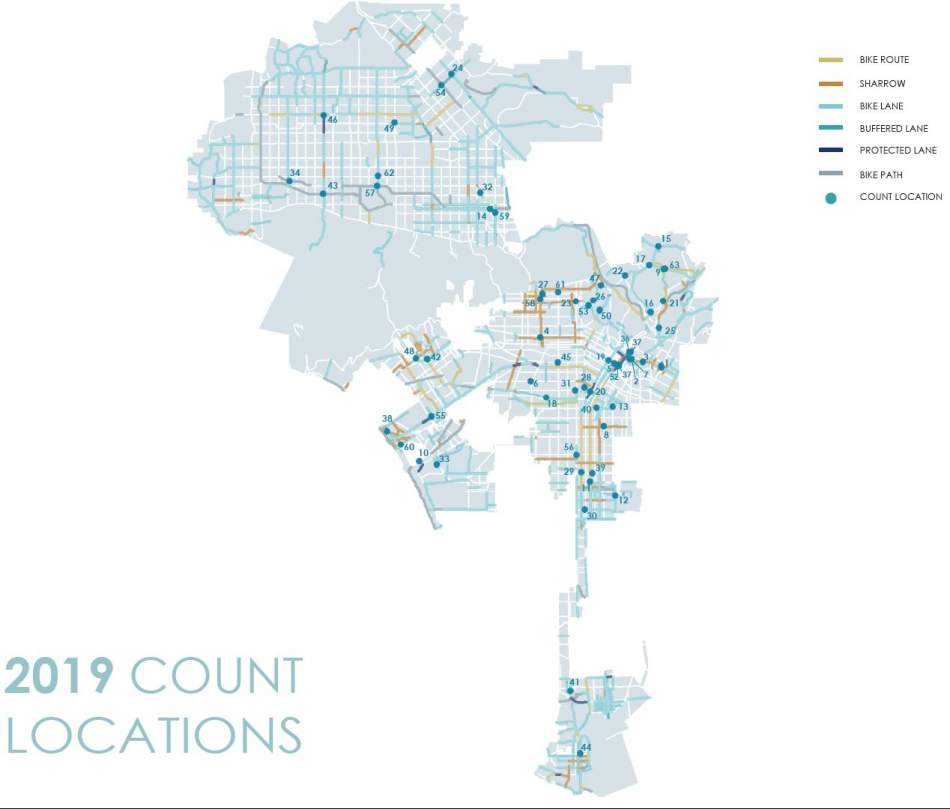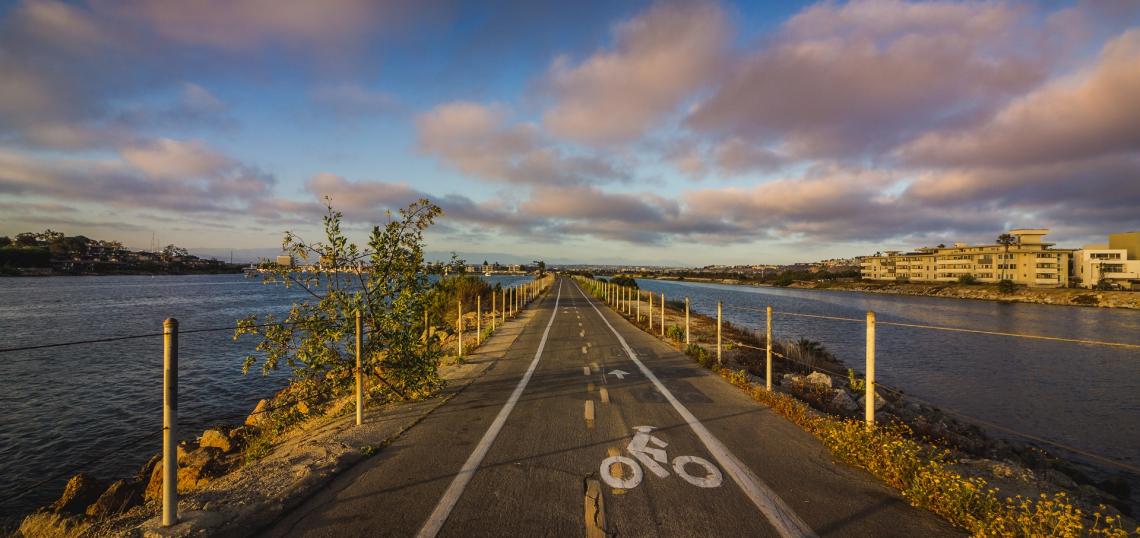With an abundance of wide roads and fast-moving traffic, Los Angeles has been labeled by multiple publications as the worst American city for cyclists. But a new report published by LADOT shows some signs of improvement - at least in locations near new safety and complete street projects.
The results of LADOT's first biennial walk and bike count - which reflects data collected in 2019 - show a 22 percent increase in cycling citywide compared to conditions from two years earlier.
“What gets measured matters,” said LADOT general manager Seleta Reynolds in a news release. “Thanks to this report, LADOT gained valuable insights into how people move through Los Angeles neighborhoods so that our investments can deliver the most effective improvements for people walking and biking.”
The report, which is based on observations of 63 locations over multiple weeks, shows the most pronounced changes have occured in conjunction with new safety infrastructure. One of the most prominent examples is the Figueroa Street in Downtown Los Angeles, where the completion of protected bike lanes in the MyFigueroa streetscape project has coincided with a 73 percent increase in the number of cyclists.
 Locations for the 2019 walk and bike countLADOT
Locations for the 2019 walk and bike countLADOT
The same stretch of Figueroa also ranks as the most heavily-trafficked pedestrian corridor observed in the count, easily outpacing second place finisher Hollywood Boulevard.
While the report found that women make up 40 percent of pedestrians on weekdays and 44 percent on weekends, women made up just 14 percent of cyclists. However, the report also indicated a 120 percent increase in female riders on streets improved with dedicated bike paths.
The information gathered through the walk and bike count will be used by LADOT both to guide the placement of future bicycle and pedestrian infrastructure, and also to set a baseline to track changes in behavior resulting from new transportation projects.
LADOT's next count is scheduled to occur in Fall 2021, and will monitor 100 different locations across the city.
Read the report on the LADOT website.
Follow Streetsblog to track the installation of new bicycle and pedestrian safety infrastructure across Los Angeles County.






